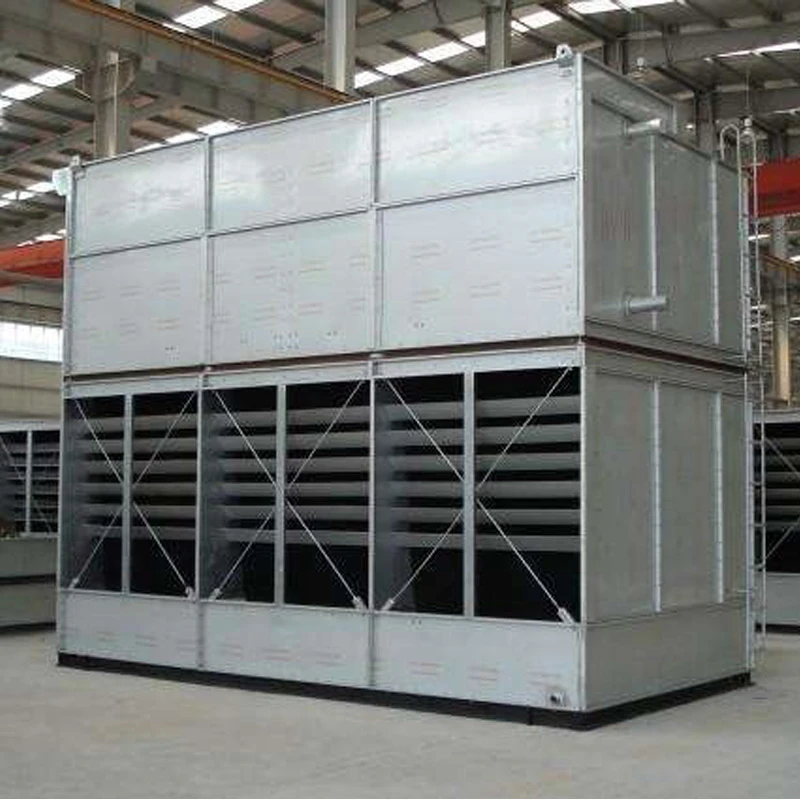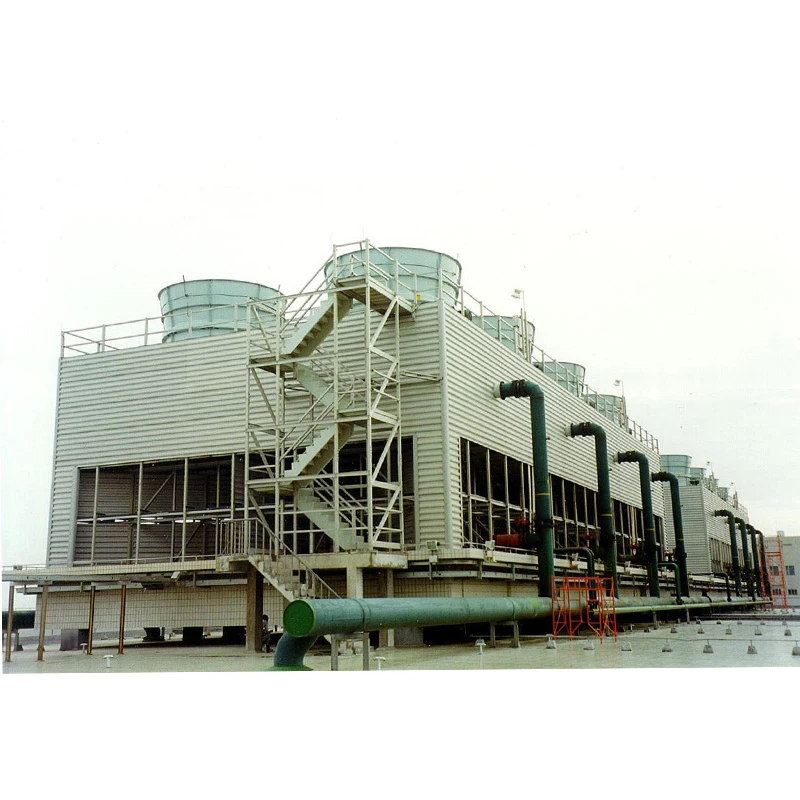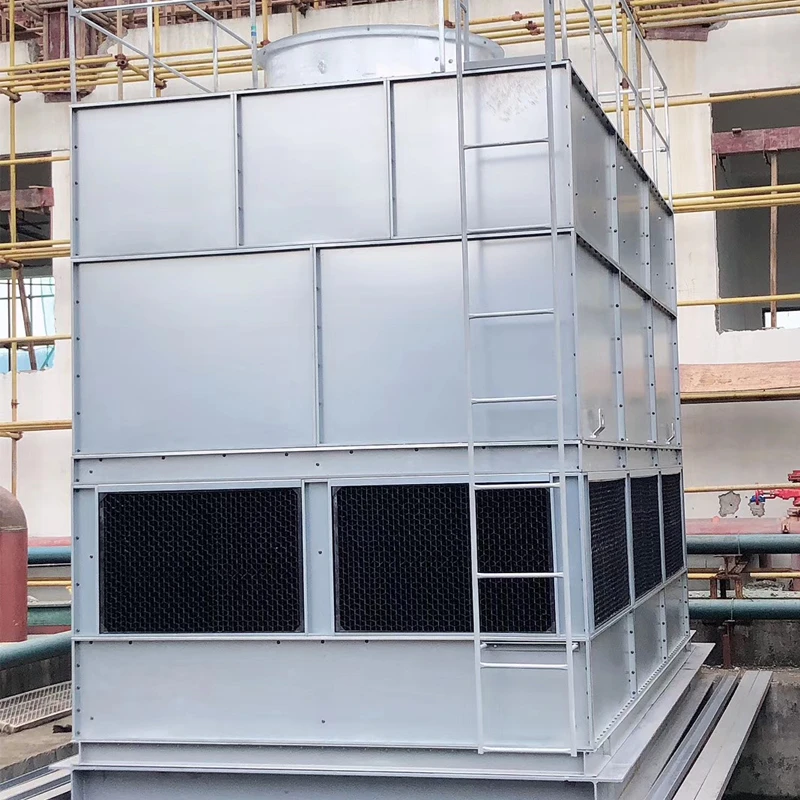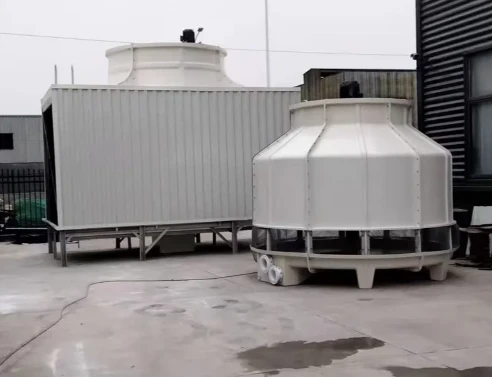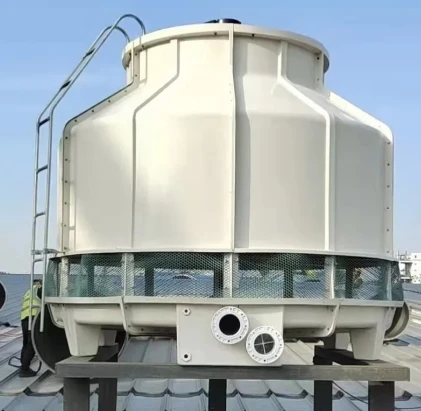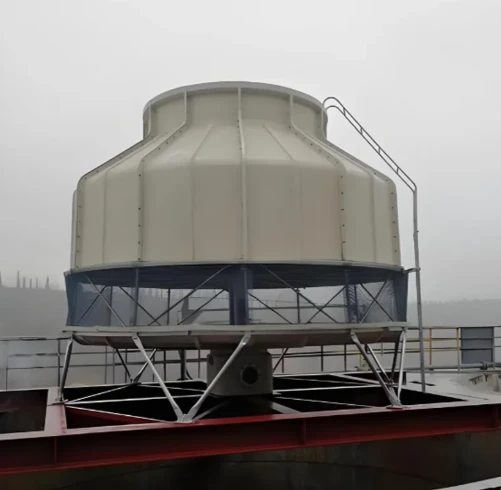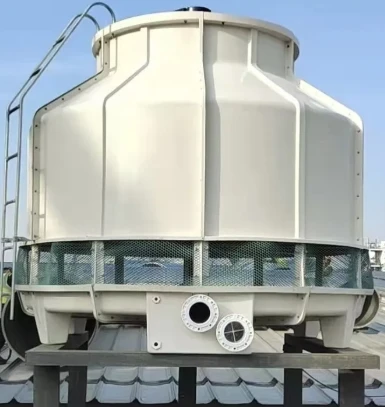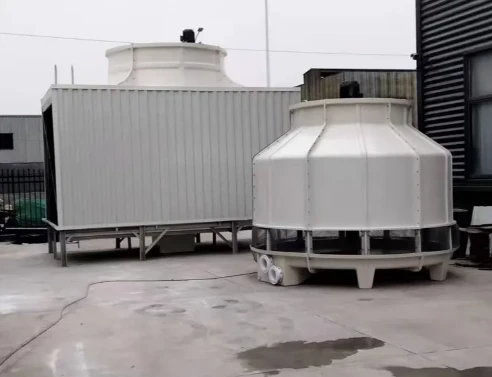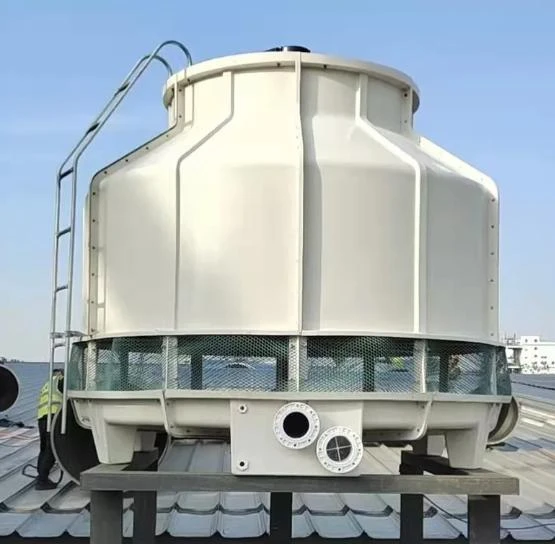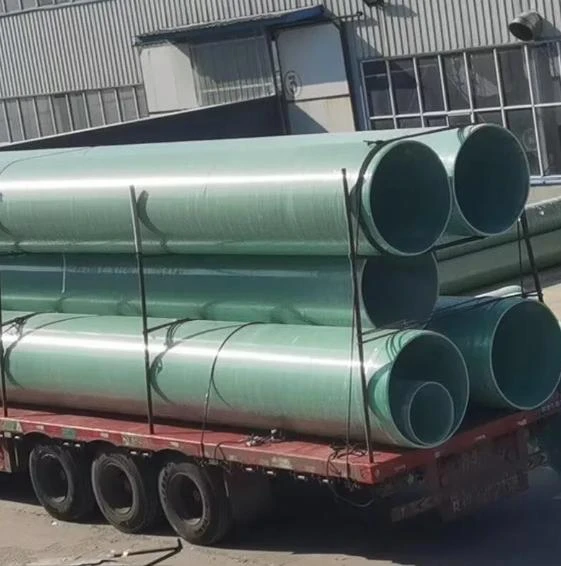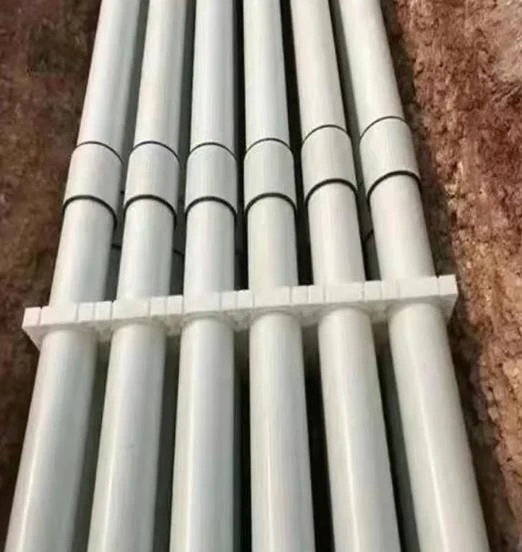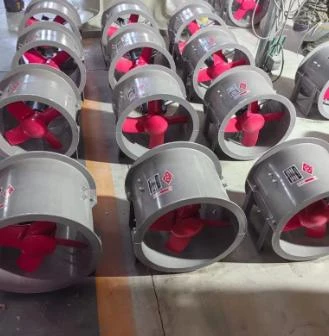

We Are Open 24 Hours a Day, 7 Days a Week, Including Weekends and Public Holidays.
- Introduction to Cutting FRP Grating and Its Industrial Significance
- Understanding the Technical Advantages of FRP Grating
- Comparative Analysis of FRP Grating Suppliers
- Evaluating the Cost Per Square Foot: Factors That Matter
- Custom Cutting FRP Grating Solutions for Industry Needs
- Real-World Application Cases and Performance Metrics
- Conclusion: Optimizing Projects with Cutting FRP Grating
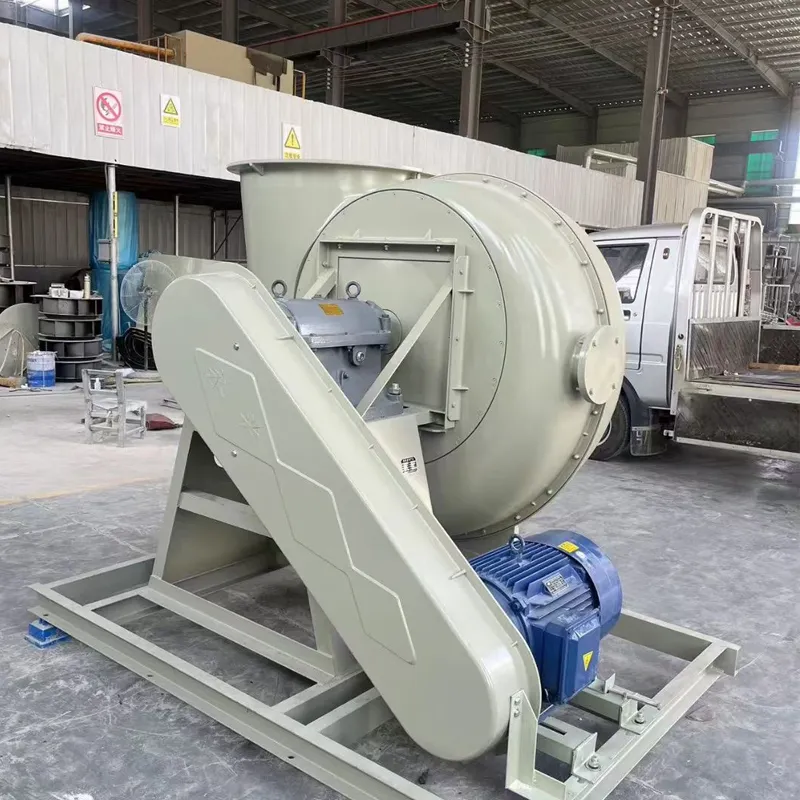
(cutting frp grating)
Introduction to Cutting FRP Grating: Industrial Relevance and Applications
The rise of cutting FRP grating (Fiber Reinforced Plastic grating) signifies a transformative phase in industrial flooring, walkways, and structural applications. Unlike conventional steel or aluminum gratings, FRP gratings offer a balance of durability, corrosion resistance, and customized fabrication, making them attractive to industries seeking both performance and longevity. Over the past decade, the demand for FRP grating has grown at a CAGR of 7.2% worldwide, driven by industries ranging from chemical plants and offshore platforms to food processing. As industrial safety standards become stringent, the precision of cutting FRP grating to spec has turned into a key operational differentiator. This article navigates through the cutting process, costs, supplier comparisons, custom solutions, and case studies to provide a comprehensive insight for procurement and engineering specialists.
Technical Edge: Material Properties and Manufacturing Excellence
FRP grating stands out due to its unique mechanical properties. Compared to traditional metals, FRP grating typically offers a weight reduction of up to 60%, while maintaining high tensile strength—sometimes exceeding 120 MPa. Corrosion resistance is another significant advantage, as FRP grating maintains structural integrity in exceedingly harsh environments, including exposure to acids, salts, and moisture. The customizability in the cutting process allows manufacturers to offer products in complex shapes and sizes, reducing on-site labor and installation costs.
The table below illustrates the comparison of key properties between FRP grating and conventional options:
| Feature | FRP Grating | Steel Grating | Aluminum Grating |
|---|---|---|---|
| Average Weight (kg/m²) | 12-15 | 35-40 | 20-25 |
| Tensile Strength (MPa) | 120-150 | 250-400 | 70-90 |
| Corrosion Resistance | Excellent | Poor | Good |
| Electrical Conductivity | Non-conductive | Conductive | Conductive |
| Customization in Cutting | High | Medium | Medium |
These attributes contribute to increased adoption in environments where reliability, minimal maintenance, and tailored specifications are essential.
Comparing FRP Grating Suppliers: What Sets Leaders Apart?
Identifying the ideal FRP grating supplier is pivotal for project success. Supplier evaluation involves scrutinizing their manufacturing capabilities, delivery timelines, product certifications, and after-sales support. Industry-leading suppliers invest heavily in automated cutting technologies and maintain stringent quality controls, resulting in higher customer satisfaction and lower project delays. According to a 2023 industry report, top suppliers have reduced custom grating fabrication lead times from an average of three weeks to seven days, a critical metric for fast-track projects.
Here’s a comparative table of renowned FRP grating suppliers and their performance indicators:
| Supplier | Lead Time (days) | Customization Options | Certifications | Global Delivery |
|---|---|---|---|---|
| Supplier A | 7 | Complete (complex cuts supported) | ISO 9001, ASTM F3059 | Yes |
| Supplier B | 10 | Standard shapes only | ISO 9001 | Limited |
| Supplier C | 14 | Custom to project drawings | ASTM F3059 | Yes |
Clearly, supplier selection affects both project costs and schedule reliability. Premium suppliers may offer rapid execution and broad customization, translating to measurable project advantages.
FRP Grating Cost Per Square Foot: Key Influencers in Pricing
The cost per square foot for FRP grating reflects an interplay of resin type, mesh size, panel thickness, load requirements, and the degree of customization during cutting. For standard industrial applications, the average market price ranges from $18 to $28 per square foot in North America as of Q1 2024, closely matching regional variables such as labor rates and logistics expenses. High-performance resins (e.g., vinyl ester) and complex geometries can push costs higher, with premium installations exceeding $40 per square foot when stringent chemical resistance and fire retardancy are mandated.
To provide a quick overview, this table outlines typical price ranges:
| FRP Grating Specification | Price per Square Foot (USD) | Suitable Applications |
|---|---|---|
| Standard (Polyester, 38mm thickness) | $18 - $22 | General Industrial, Public Walkways |
| Premium (Vinyl Ester, 50mm thickness) | $28 - $40 | Chemical Processing, Offshore |
| Custom Cut & Edge Banded | +10% over base | Bespoke Infrastructure Projects |
It’s crucial to factor in not just the unit price, but also lifecycle costs, maintenance savings, and installation downtime, which consistently favors FRP grating over traditional flooring.
Custom-Cut FRP Grating: Tailoring for Efficiency and Safety
A defining strength of FRP grating lies in its flexibility for custom cutting. Modern manufacturing facilities utilize computer-controlled saws and waterjet technology to achieve precise dimensions and complex profiles, minimizing material waste and installation effort. Industries with unique layout requirements—such as water treatment plants with curved walkways or energy facilities managing hazardous zones—benefit substantially from this capability. Safety features, such as anti-slip surfaces and colored edge markings, can also be incorporated seamlessly during the cutting and finishing process.
Custom solutions require close collaboration between project engineers and grating suppliers. Early-stage digital modelling, coupled with rapid prototyping, accelerates delivery cycles and enhances fitment accuracy. As customization becomes common, specify cutting tolerances, joint finish, and load ratings to ensure compliance with regulatory bodies such as OSHA and EN ISO 14122.
Proven Applications: Performance in Demanding Environments
The following real-world case studies illustrate how accurately cut FRP grating underpins operational safety and efficiency:
-
Case Study: Offshore Oil Platform
In 2023, a Gulf-based oil operator replaced 2,500 m² of steel grating with custom-cut FRP grating. Installation downtime was reduced by 40%. Six months post-installation, incident reports on slippery walkways dropped by 85%, while maintenance costs declined by 30% year-on-year. -
Case Study: Food Processing Plant
A leading food exporter in Europe reported improved hygiene and cleaning efficiency after switching to anti-microbial, custom-cut FRP flooring. Panel replacement frequency dropped from every 18 months (steel) to every five years (FRP), delivering ROI within 14 months. -
Case Study: Public Infrastructure
An urban transit authority in East Asia implemented curved, slip-resistant FRP walkways in two metro stations. Custom cutting enabled on-site fitting accuracy of ±2mm and cut installation times by half, minimizing passenger disruption.
These successes underline the performance and economic gains possible with the right cutting and fabrication strategies.
Conclusion: Achieving Project Excellence with Cutting FRP Grating
Leveraging cutting FRP grating brings together best-in-class material science, tailored engineering, and advanced manufacturing—all pivotal to modern industrial architecture. Procurement teams and design engineers who emphasize precise customization, cost control, and supplier evaluation gain a measurable advantage in safety, total cost of ownership, and long-term reliability. As global projects embrace more demanding timelines and performance standards, cutting FRP grating will continue to shape safer, more efficient, and resilient infrastructures.

(cutting frp grating)
FAQS on cutting frp grating
Q: What tools are recommended for cutting FRP grating?
A: The most commonly used tools for cutting FRP grating are circular saws with diamond-tipped blades or carbide grit blades. These tools provide smooth cuts and minimize dust. Always use proper safety equipment when cutting.Q: How does cutting FRP grating affect its strength?
A: Proper cutting maintains the grating’s structural integrity, but rough or incorrect cuts can weaken the edges. It’s important to seal cut edges if needed to protect from moisture. Consulting your FRP grating supplier for guidance is recommended.Q: What is the average FRP grating cost per square foot?
A: The FRP grating cost per square foot typically ranges from $10 to $35, depending on type and specifications. Prices may vary based on size, resin type, and supplier. Request quotes from multiple suppliers for the best rate.Q: Where can I find a reliable FRP grating supplier?
A: You can search online directories, manufacturer websites, or industrial marketplaces for FRP grating suppliers. Look for companies with positive reviews and experience in your industry. Always verify certifications and request product samples if possible.Q: Is there special preparation needed before cutting FRP grating?
A: Yes, marking your measurements and supporting the grating properly are crucial before cutting. Ensure the work area is ventilated and wear PPE to protect from dust and debris. Use the recommended cutting blades for the cleanest results.




Address
20 Xingyuan South Street, Zaoqiang County, Hengshui City, Hebei Province, China










